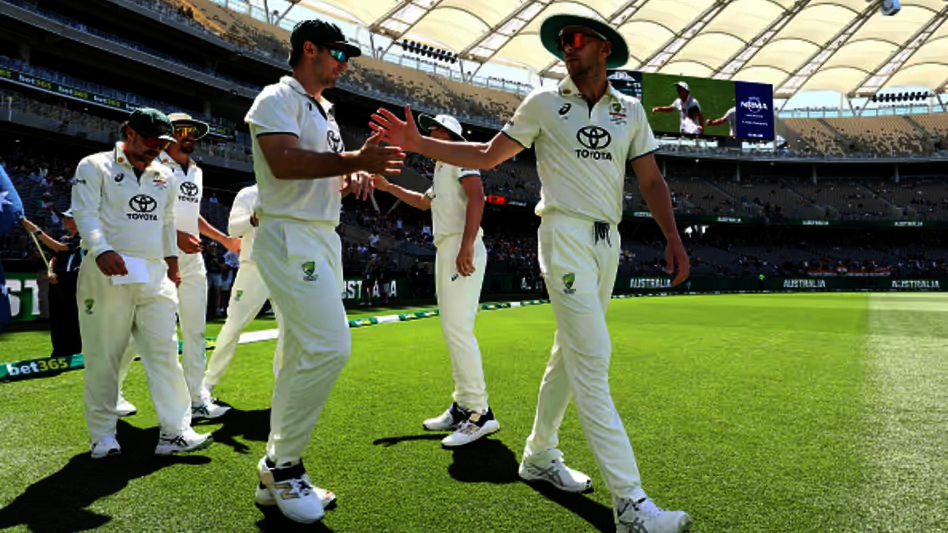
Former Indian coach and cricketing stalwart Ravi Shastri has weighed in on Australia’s setback following Josh Hazlewood’s unavailability due to injury. Labeling it a “massive blow,” Shastri highlighted how crucial Hazlewood’s presence is for the Australian bowling attack, especially in high-stakes games. The towering pacer, known for his consistency and ability to extract bounce, has been a pivotal figure in Australia’s success across formats.
The Impact of Hazlewood’s Absence
Josh Hazlewood’s injury couldn’t have come at a worse time for Australia. His ability to bowl probing lines and lengths makes him one of the most reliable fast bowlers in world cricket. Shastri, during a recent interaction, pointed out the specific qualities that make Hazlewood a standout performer.
“He’s a bowler who thrives under pressure, someone who keeps the batters guessing. His accuracy and control in all conditions give Australia an edge, especially in crunch matches. Losing someone like him disturbs the balance of their bowling unit,” Shastri remarked.
Hazlewood’s absence places additional pressure on the rest of Australia’s pace attack. While names like Pat Cummins and Mitchell Starc remain formidable, Hazlewood’s ability to build sustained pressure at one end has often allowed his bowling partners to flourish.
A Hole in Australia’s Plans
Australia’s strategy, particularly in Test cricket, revolves around their pace trio—Cummins, Starc, and Hazlewood—complementing each other seamlessly. Shastri acknowledged the disruption caused by Hazlewood’s injury, particularly in how it affects the team’s rhythm.
“In a format like Test cricket, partnerships matter, even in bowling. When Hazlewood isn’t there, the dynamics change. Starc and Cummins will have to shoulder more responsibility, and that could take a toll over a long series,” Shastri explained.
Beyond the technical aspects, Shastri also emphasized the psychological impact of Hazlewood’s absence. “For opposition batters, Hazlewood is someone who’s always in their face. Without him, they might find a bit more breathing room, and that’s where Australia could struggle,” he added.
Opportunity for Others
While Shastri was sympathetic to Australia’s plight, he also saw this as a chance for younger bowlers to step up. Australia’s depth in fast bowling has been a talking point, and this could be an opportunity for someone like Scott Boland or Michael Neser to make a mark.
“Injuries are part of the game. What matters is how teams adapt. Australia has a strong bench, and this is a chance for the next generation to showcase their talent. If someone like Boland can grab this opportunity, it might ease the pressure on the seniors,” Shastri noted.
Looking Ahead
Shastri’s observations reflect not just Hazlewood’s importance but also the challenges teams face when a key player is sidelined. As Australia gears up for it’s upcoming challenges, they will need to regroup and adjust their plans to compensate for Hazlewood’s absence.
“Every team faces injuries, but champions find ways to overcome them. Australia has the resources; it’s about how they use them. But there’s no denying Hazlewood’s absence will be felt,” Shastri concluded.
As cricket fans gear up for the upcoming fixtures, the spotlight will be on how Australia’s pace attack copes without one of its linchpins. Whether the team can adapt and rise above this challenge remains to be seen, but one thing is certain—Josh Hazlewood’s absence will leave a void that’s hard to fill.
